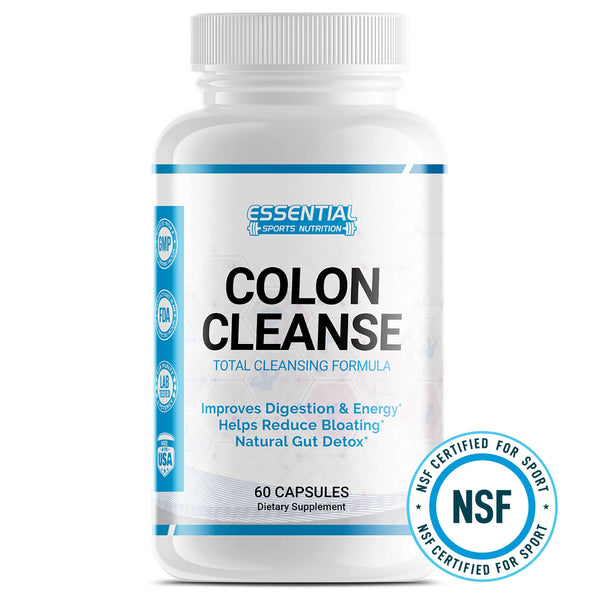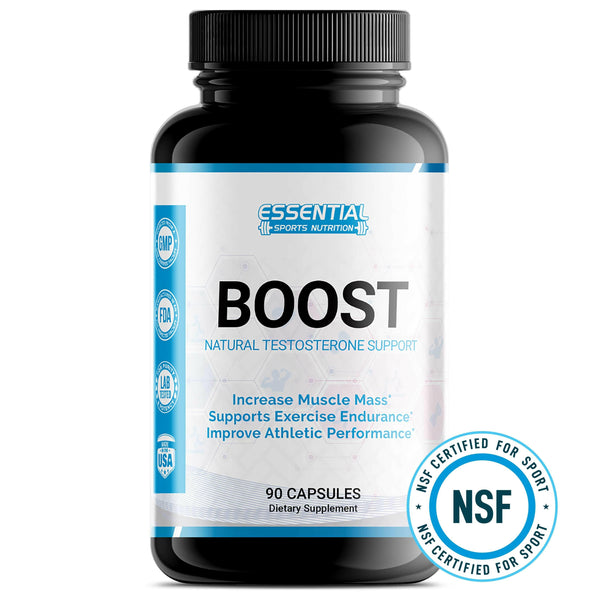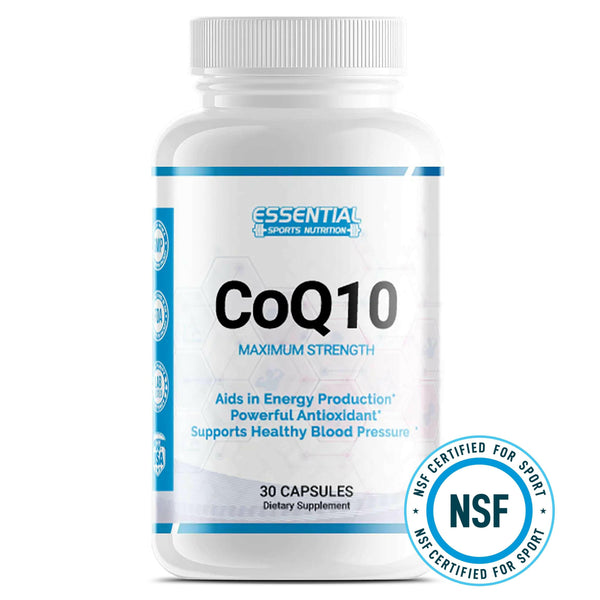Salt Room Therapy Benefits: Stress Relief, Respiratory Support, and Overall Health
In our quest for health and well-being, we often seek out the latest trends or revolutionary treatments that promise relief from our ailments. Whether it's a stubborn skin condition like eczema or the incessant coughing brought on by seasonal allergies, finding a solution that is both effective and natural can feel like an endless struggle.
But what if the answer could be found in one of humanity's most ancient minerals—salt?.
Discovered over a century ago for its remarkable respiratory benefits among salt miners, today's salt room therapy has evolved into a tranquil spa experience known as halotherapy. One intriguing fact about this therapeutic approach: while comfortably seated in these specially designed rooms, you breathe air saturated with microscopic salt particles that work to cleanse your respiratory system and rejuvenate your skin.
This blog post will take you through an enlightening journey into the world of salt room therapy, uncovering how this old-world remedy is gaining traction as a modern health boon. You'll learn about its surprising advantages for not only lung function but also immune support and stress reduction—all without any medical prescriptions.
Key Takeaways
- Salt room therapy might help people with asthma, allergies, and skin conditions because it clears airways and improves skin health.
- Dry halotherapy uses micro - particles of salt in the air, while wet halotherapy mixes salt with water for breathing or soaking.
- Sitting in a salt room can boost the immune system and reduce stress by increasing oxygen flow and promoting relaxation.
- It's important to talk to a doctor before trying salt therapy, especially for those with severe lung diseases or pregnant women.
- Not enough big studies have been done yet on salt therapy. So even if many people find it helpful, we should look at science carefully when deciding to try it.
Exploring the History and Types of Halotherapy
Salt for therapeutic purposes has roots reaching back centuries, transcending mere culinary applications. Today's halotherapy encompasses both dry and wet variations, harnessing the mineral's properties to address a range of modern health concerns.
The Origins of Salt Therapy Rooms for Health and Wellness
Salt therapy started a long time ago in Eastern Europe. People found that salt miners had fewer lung problems and better skin than others. They noticed the air inside salt mines and caves felt fresh and was good for health.
Doctors began to bring patients with breathing troubles into these salt spaces. This was the early start of what is known today as halotherapy.
In these natural clinics, made entirely of salt, people would sit back and breathe deep. Just being there helped clear their lungs and made their skin look better. As word spread about this cool way to get healthier, more folks wanted to try it out.
That's how those old European practices gave birth to modern salt rooms where we use machines called halogenerators to recreate the healing salty air from mines and caves right in our cities.
Dry Salt Therapy vs. Wet Salt Therapy
Halotherapy, a natural treatment method, comes in two primary forms: dry and wet. Each type offers distinct experiences and benefits, tailored to different therapeutic needs.
| Dry Halotherapy | Wet Halotherapy |
|---|---|
| Involves a dry salt room where micro-particles of salt are dispersed into the air. | Mixes salt with water, either in a saline solution for nebulizers, saltwater pools, or salt-infused steam rooms. |
| Patients breathe in these salt particles, which are believed to help clear the respiratory system. | This method allows for inhalation of salt vapors as well as absorption through the skin during immersion. |
| Dry salt therapy is often used for respiratory conditions like asthma as the dry salt can help absorb irritants and cleanse the airways. | Wet salt therapy may offer benefits such as relaxation and improved skin conditions due to the hydrating effects of the saltwater. |
| This form of halotherapy is drug-free and harnesses the natural anti-inflammatory and antibacterial properties of salt. | The wet method is also a holistic approach but often combines the benefits of hydrotherapy with halotherapy. |
Each type of halotherapy caters to specific health goals and preferences, with both forms grounded in the tradition of utilizing salt's therapeutic properties.
The Unexpected Health Benefits of Salt Room Therapy

While traditionally sought for respiratory relief, salt room therapy may extend its benefits beyond what one might initially anticipate. Delving deeper into this alternative treatment uncovers a range of therapeutic effects that can enhance overall well-being, from supporting the body's natural ability to heal skin conditions to potentially bolstering the immune system against everyday stressors.
Respiratory Support and Improved Breathing
Breathing in the salty air of a salt room can make lungs stronger. This therapy helps people who have trouble breathing, like those with asthma or bronchitis. The salt helps reduce swelling in the airways and makes mucus thinner.
This makes it easier for people to breathe and clears out germs from lungs.
Salt therapy is not new; doctors know it works well for many lung problems. It's safe and natural, using no drugs, just breathing in the special salty air. People with smoker’s cough or cystic fibrosis find that salt rooms help them too.
They take deep breaths more easily and feel better after their visits to these peaceful spaces.
Enhanced Skin Health and Detoxification
Salt room therapy can be a big help for people with skin troubles. It may clear up conditions like acne, psoriasis, and rosacea. The salt in the air works like magic to cleanse the skin.
This helps make your skin healthier.
This therapy also helps your body get rid of toxins, which can make you feel better overall. Your lungs work better too because salt helps break up mucus. This makes it easier to breathe and fight off sicknesses like colds or flu.
Salt room visits could boost how well your skin and body guard against illness.
Boosting the Immune System and Reducing Stress with Salt Caves
Salt room therapy is like a secret helper for your immune system. Breathing in the salty air can make your body stronger against colds and other sicknesses. Experts found that this kind of treatment increases oxygen flow, which wakes up your energy and helps you fight off germs better.
Another great thing about salt rooms is they help calm your mind. People feel less stressed and anxious after sitting in these peaceful places. The negatively charged ions in the air are thought to enhance mental wellness by making us feel more relaxed and refreshing our minds just like a good night’s sleep or a quiet walk does.
This can cut down on feelings of depression, worry, or tiredness, so you leave feeling happier and more at peace.
Evaluating the Potential Risks and Who Should Try Salt Caves

While salt room therapy offers a range of potential benefits, it is crucial to assess any associated risks and determine the ideal candidates for this treatment. It's important that individuals consult with a medical professional before engaging in halotherapy, especially if they have pre-existing health conditions or concerns.
Understanding Any Possible Risks
Salt room therapy might make you feel good, but it's not right for everyone. If you already have trouble breathing or any lung disease like severe asthma or chronic obstructive pulmonary diseases, salty air could make things worse.
Some people also worry about the safety and if it really works because there aren't enough big studies to prove it yet.
It's smart to talk to a medical professional before trying salt room therapy, especially if you're dealing with serious health issues. They can tell you if this spa treatment is safe for you or if it might lead to problems like coughs getting worse or breathing becoming more difficult.
Always check with experts first to stay healthy and avoid risks that come from treatments not backed by strong science.
Identifying Candidates for Salt Therapy
Salt room therapy can offer health perks to many people. It's good to know who might benefit the most from this treatment. Here's a list of those who may find salt therapy helpful:
- People with asthma: Salt rooms can help make breathing easier and may cut down on asthma attacks.
- Those suffering from chronic bronchitis: Sitting in a salt cave might help clear mucus and ease coughing.
- Individuals with allergies: Salt therapy can calm allergy symptoms, making it easier to breathe.
- Kids and adults with skin conditions: Problems like acne or dermatitis may improve after spending time in a salt room.
- Folks fighting frequent colds or upper respiratory infections: The dry salt air can help kill germs and boost the immune system.
- Patients dealing with cystic fibrosis: Salt therapy can assist in clearing thick mucus from the lungs.
- Persons experiencing stress or anxiety: The calm setting of a salt cave promotes relaxation and mindfulness.
Conclusion
Halotherapy has many benefits. It can make breathing easier and help with lung problems. Skin gets healthier, and it helps fight off sickness.
If you're stressed out, this therapy might also calm you down.
Yet not everyone should try it. People with certain health issues or pregnant women need to be careful. Always ask a doctor if salt room therapy is safe for you.
Halotherapy is not just old news; doctors today see its value too. Places like the Mayo Clinic say it's good for some breathing troubles. Remember to look at the science before trying new health treatments.
Are you eager to try something different for your wellbeing? Salt room therapy could be an interesting choice. Breathe deep and imagine how nice it would feel to breathe better every day!
Salt Therapy FAQs
Q: What is a salt room?
A: A salt room, also known as a salt cave or halotherapy room, is a space that is designed to simulate the microclimate of a natural salt cave. It is typically coated with layers of himalayan salt and equipped with a halogenerator to disperse tiny salt particles into the air.
Q: What are the health benefits of salt therapy?
A: Salt therapy, also known as dry salt therapy or halotherapy, may help to reduce inflammation, improve respiratory conditions, promote relaxation, and boost overall wellness.
Q: How does salt therapy work?
A: During a salt therapy session, individuals inhale the dry salt particles, which are said to have healing properties. The negative ions in the salt may help to improve respiratory and skin problems, promote better sleep, and provide overall wellness benefits.
Q: What is the difference between dry and wet salt therapy?
A: Dry salt therapy involves inhaling the dry salt particles, while wet salt therapy typically involves bathing in salt-infused water. Both types of therapy offer health benefits, but the methods of application differ.
Q: Are there any scientific studies supporting the health benefits of halotherapy?
A: While there is ongoing research to explore the potential benefits of halotherapy, some studies suggest that salt therapy may offer relief for respiratory conditions and skin problems. However, it's important to talk to your doctor before using salt therapy as a treatment.
Q: What are the wellness benefits of salt rooms?
A: Salt rooms deliver a tranquil and relaxing environment, promoting overall wellness and relaxation. The passive inhalation of salt particles in a salt room can contribute to a sense of well-being.
Q: Where does Himalayan salt come from?
A: Himalayan salt is a type of rock salt mined from the Punjab region of Pakistan. It is often used in salt therapy due to its natural properties and purported health benefits.
Q: How often should one attend salt therapy sessions?
A: The frequency of salt therapy sessions can vary based on individual needs and health conditions. It's best to consult with a healthcare professional to determine the most suitable schedule for salt therapy treatments.
Q: Can salt therapy help with allergies?
A: Some proponents of salt therapy claim that halotherapy can help alleviate allergy symptoms by providing relief for respiratory issues. However, individual experiences with salt therapy may vary, and it's important to seek professional medical advice for managing allergies.
Q: Are there specific conditions that salt therapy can help with?
A: Salt therapy can help with a range of conditions, including respiratory issues, skin problems, and stress-related symptoms. It is said to harness the healing power of salt to improve overall well-being.























